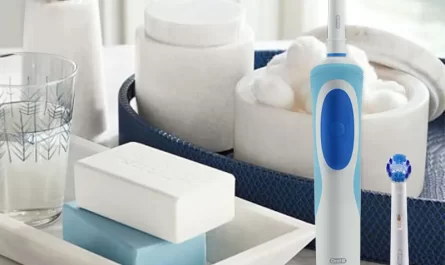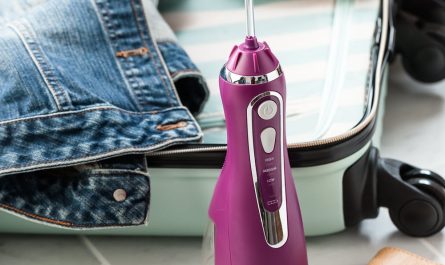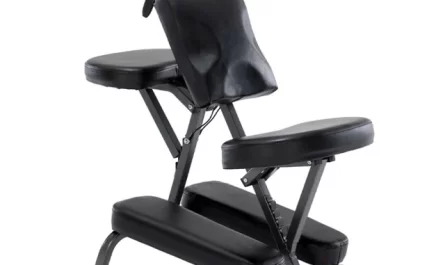Introduction
Massage chairs offer convenience and relaxation, providing a range of therapeutic benefits for many individuals. However, certain individuals should avoid or use caution when using a massage chair, as certain conditions or factors may pose risks or discomfort. In this comprehensive guide, we will explore who should not use a massage chair and discuss specific considerations to ensure safe and enjoyable use.
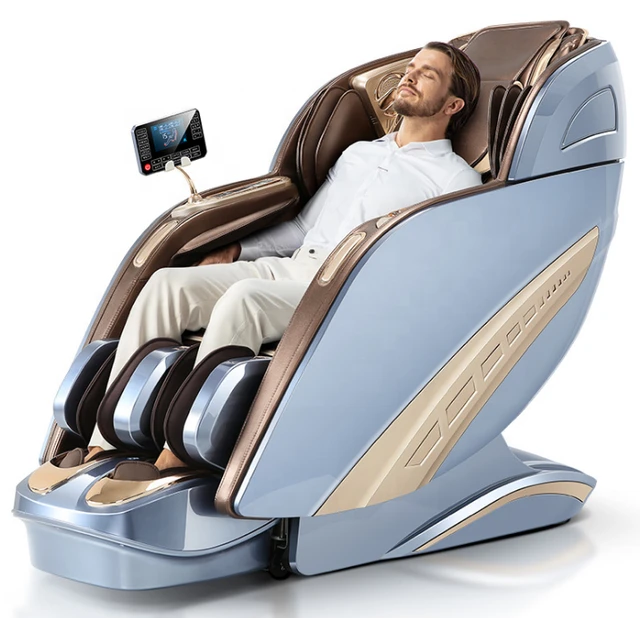
Who should not use a massage chair?
Pregnancy
1.1. Potential Risks
Pregnant individuals should exercise caution when using a massage chair, especially during the first trimester. The strong vibrations, pressure, or heat from the massage chair may potentially affect the developing fetus or stimulate contractions. It is advisable to consult with a healthcare provider before using a massage chair during pregnancy.
1.2. Specialized Prenatal Massage Chairs
If you are pregnant and wish to enjoy the benefits of massage, consider seeking out specialized prenatal massage chairs or professional prenatal massage therapists who can offer safe and tailored treatments.
Cardiovascular Conditions
2.1. Hypertension or High Blood Pressure
Individuals with hypertension or high blood pressure should exercise caution when using a massage chair. The vigorous and intense massage techniques applied by the chair can increase heart rate, blood pressure, and blood flow. Consulting with a healthcare provider is advisable if you have a history of cardiovascular conditions.
2.2. Pace and Intensity
If you have a cardiovascular condition but still wish to use a massage chair, opt for a slow-paced and gentle massage program. Avoid intense or vigorous massage settings that may put undue stress on the cardiovascular system.

Recent Surgeries or Injuries
3.1. Postoperative Healing
Individuals who have recently undergone surgery should avoid using a massage chair without the guidance or approval of their healthcare provider. Massage chairs’ intense pressure or movements may interfere with the healing process or disrupt surgical stitches or incisions.
3.2. Injuries or Trauma
If you have recently suffered from an injury or trauma, such as a fracture, sprain, or muscle tear, it is advisable to avoid using a massage chair until you have sufficiently healed. Consult with a healthcare professional to determine when it is safe to engage in massage chair therapy.
Chronic Conditions
4.1. Osteoporosis
Individuals with osteoporosis should exercise caution when using a massage chair, particularly with intense vibration settings. The strong vibrations may potentially weaken already fragile bones, leading to fractures or other injuries.
4.2. Thrombosis or Blood Clotting Disorders
People with thrombosis, deep vein thrombosis (DVT), or other blood clotting disorders should avoid using massage chairs, as vigorous or intense massages can dislodge blood clots and potentially lead to serious health complications.
4.3. Sensory Disorders
Individuals with sensory disorders, such as neuropathy or nerve damage, should approach using a massage chair with caution. Insufficient sensation or impaired nerve function may make it difficult to assess the intensity or temperature of the massage, leading to potential injuries.
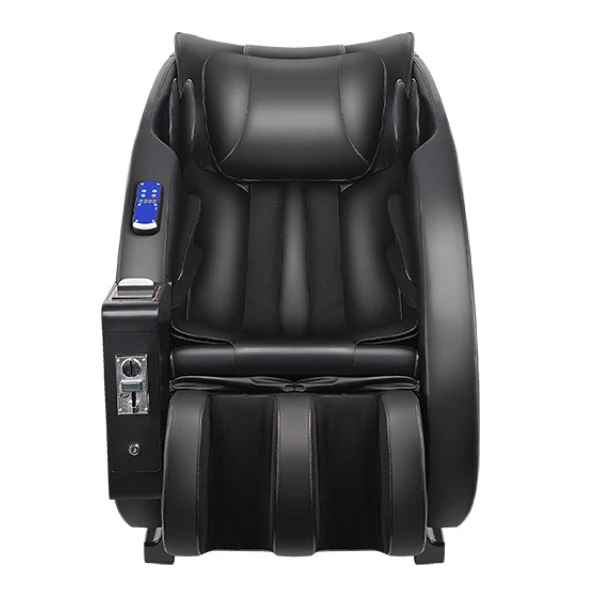
Skin Conditions and Sensitivities
5.1. Open Wounds or Skin Infections
Avoid using a massage chair if you have open wounds, severe skin infections, or contagious skin conditions. The friction or heat generated by the massage chair may worsen the condition, delay healing, or spread the infection.
5.2. Sensitivities or Allergies
If you have sensitivities or allergies to certain materials, lotions, or oils, check the ingredients used in the massage chair and any associated products. Ensure they do not contain any substances that may trigger an allergic reaction or worsen your condition.
Additional Considerations
6.1. Pediatric Use
Massage chairs are generally designed for adult use and may not accommodate the size or needs of children. Care should be taken to ensure a child’s safety and comfort when using a massage chair.
6.2. Medications and Supplements
If you are taking medications or supplements that affect drowsiness or blood clotting, consult your healthcare provider before using a massage chair. Some medications or supplements may interact with massage therapy, resulting in adverse effects or complications.
6.3. Duration and Frequency
Even if you don’t fall into any specific risk categories, it is important to use a massage chair in moderation. Prolonged or excessive use may lead to muscle soreness, fatigue, or other discomfort. Follow the manufacturer’s guidelines and listen to your body’s signals to determine how long and how often you should use the massage chair.
Consulting with a Healthcare Provider
8.1. Expert Advice
If you have any underlying health conditions, concerns, or uncertainties about using a massage chair, it is always best to consult with a qualified healthcare provider. They can provide personalized guidance based on your specific circumstances and advise on any restrictions or modifications necessary to ensure your safety and well-being.
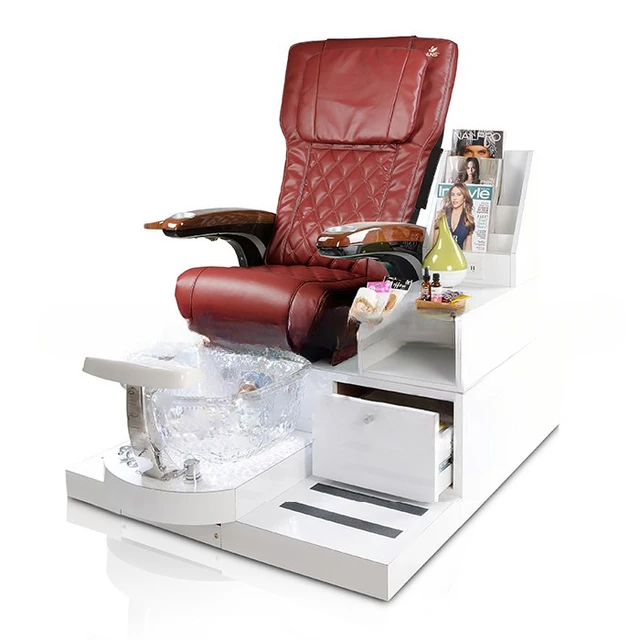
8.2. Collaborative Approach
Working collaboratively with your healthcare provider and massage therapist can help you make informed decisions about using a massage chair and ensure that your overall healthcare needs are met. They can provide recommendations, address any concerns, and help tailor the use of the massage chair to your individual needs.
Choosing a High-Quality Massage Chair
9.1. Reliable Brands and Reviews
Selecting a reputable and high-quality massage chair is essential for safety and efficacy. Research different brands, read customer reviews, and seek recommendations from experts or trusted sources to ensure you choose a massage chair that meets recognized safety standards and offers appropriate features for your needs.
9.2. Adjustable Settings
Look for massage chairs that offer adjustable settings, such as intensity levels and targeted massage techniques. This flexibility allows you to customize the massage to your comfort level and specific requirements, ensuring a more enjoyable and personalized experience.
9.3. User-Friendly Features
Consider massage chairs with user-friendly features, easy-to-understand controls, and intuitive interfaces. This can enhance your experience and make it easier to navigate the different functions and settings of the chair.
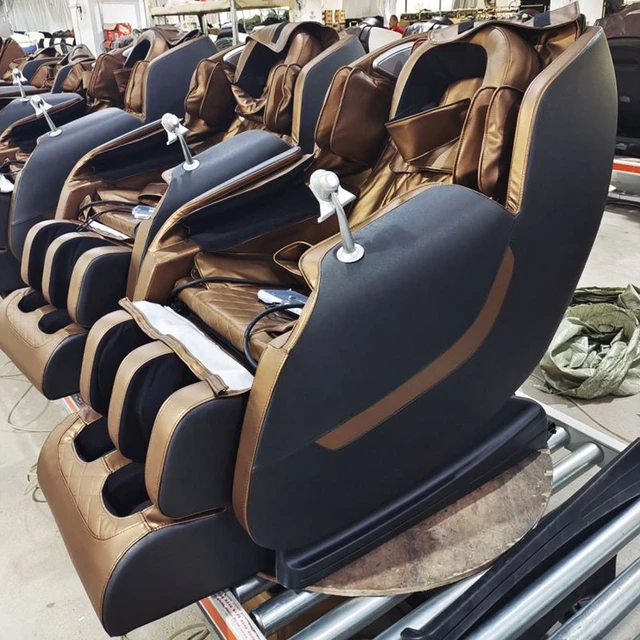
Conclusion
While massage chairs offer numerous benefits, certain individuals should avoid or use caution when using them to ensure their safety and well-being. If you fall into any of the aforementioned categories or have any underlying health concerns, consult with your healthcare provider before incorporating a massage chair into your wellness routine. When using a massage chair, follow the manufacturer’s guidelines, pay attention to your body’s responses, and modify the settings and intensity as needed. By considering these factors and seeking appropriate guidance when necessary, you can enjoy the benefits of massage chair therapy while ensuring a safe and enjoyable experience.


